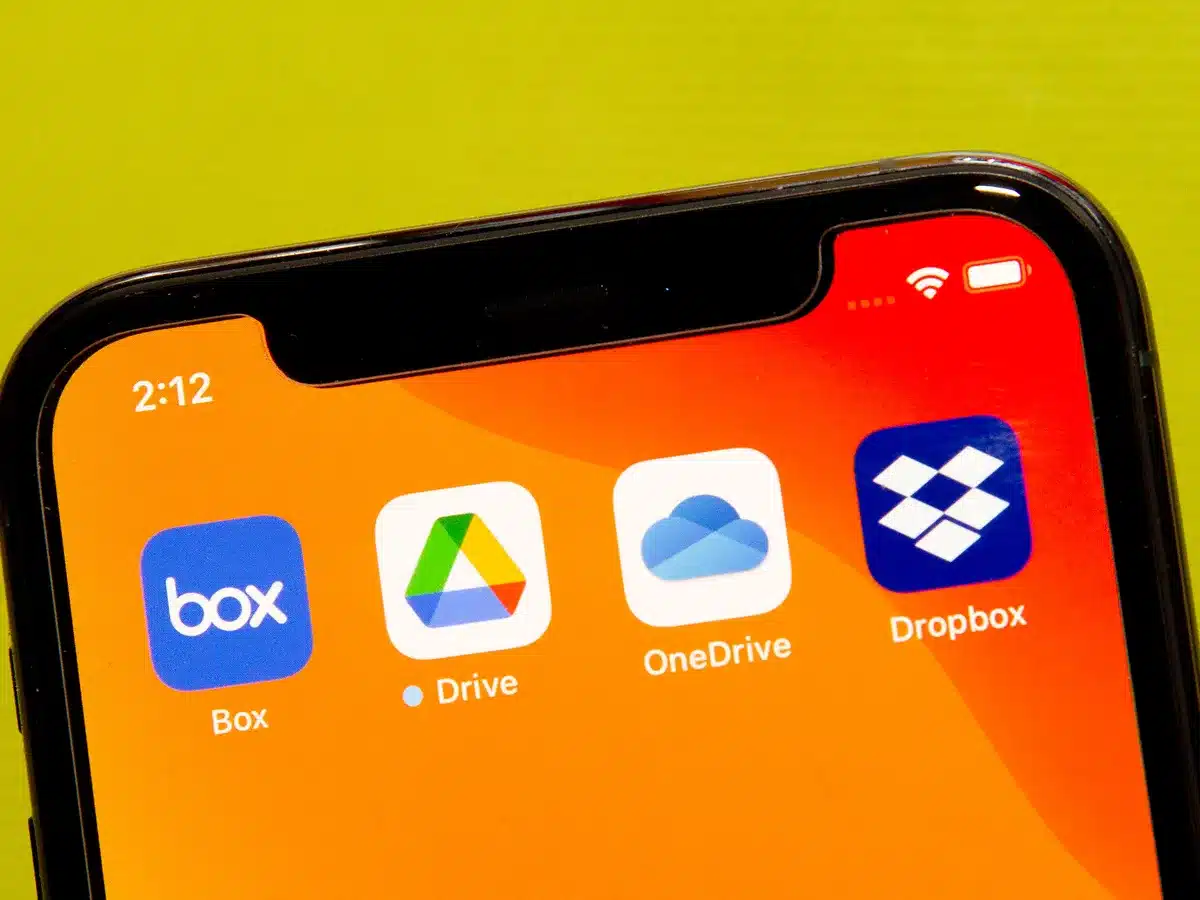Dropbox and Box offer a number of overlapping features and differ in some aspects. This post will help you choose the right one among the two.
Box vs Dropbox is a hard comparison to make given how well both of the cloud storage platforms have served their users. The competition in the field of cloud storage services pushes all the providers to improve their services and make them cheaper for businesses as well as individual users. When you think about transferring 5GB files or storing 100GB data in a storage platform, and imagine how hard and how expensive data storage used to be just a couple of decades ago, it feels unreal. But anyway, we are in the best era of computing, and hopefully, it will keep getting better.
As a business owner or a manager, your job is to find the best solution for the cheapest, and here is your guide. We will look at different categories and see how each of the two tools does in them. By the end of the article, you should get a good understanding of what you can expect from either tool.
Just a disclaimer, both Box and Dropbox are excellent platforms for data storage. In certain situations, they focus on different areas. It is your prerogative as a customer to figure out what you want to get out of your cloud storage service. Your requirements should guide your decision, we’ll just tell you the facts.
Integrations
You want to store data in the cloud so that you can share it, use it in different situations, and access it easily whenever needed. Integrations play a vital role in allowing you to do so.
Dropbox integrates with a bunch of tools including Slack, Trello, and Zoom. That means you can share a file stored in Dropbox directly with a Slack channel without leaving your Dropbox account. Similarly, you can view the metadata of dropbox files in Slack, without leaving the conversation. You can include a Dropbox file in a Trello task, or share the contents of a file in a Zoom meeting.
Box goes a little further than Dropbox when it comes to integrations. Not only does it integrate with a bunch of workflow and communication tools, but also with Google Drive and Microsoft 365. This takes Box to a whole different level as you can directly create a Google doc inside Box.
Note making
Both Box and Dropbox come with capabilities for taking notes. This is a pretty simple feature but has a real impact on the productivity of the teams working on the platforms. Now, both Box Notes and Dropbox Paper are quite basic. But Box Notes beats Dropbox paper in terms of ease of use and utility.
It’s time to talk about the real stuff, the things that actually matter.
Also Read – Bitbucket vs Github: Which One Should be Your Pick?
Speed
For this section, we will refer to a test report created by uploading and downloading the same 1 GB file with both Dropbox and Box. They actually made the test quite a few times to get the average results.
As it appears in the test, Box takes 7 minutes and 59 seconds to upload a file on average. Dropbox takes 6.55 minutes on average to upload the same file.
To download the same file, Box takes 55 seconds on average and Dropbox takes 18 seconds on average.
Not only does Dropbox take less time to perform these tasks but it also gets closer to the expected timeline.
There’s more to Dropbox’s speed
Box does not support block-level sync. That means if you edit a file you must upload the whole file to Box even if an earlier version of the file already exists in Box.
Dropbox allows block-level sync. You can just upload the changes instead of uploading the entire file from scratch. It saves a lot of time.
Storage capacity
With Box, unlimited storage is the norm. Any plan other than the free and the starter plans offers you unlimited storage capacity. The limit with the starter plan is 100GB.
Dropbox gives you 5TB of storage in the standard plan which you can share with 3+ users. Dropbox’s business and enterprise plans come with unlimited storage but at a steep price.
Also Read – DigitalOcean vs AWS: A Detailed Comparative Study
Price
First of all, Box comes with a free plan that gives you 10 GB of storage space. Dropbox doesn’t have any such offering.
Other than that Box has 5 more plans – Starter ($5/month), Personal Pro ($10/month), Business ($15/month), Business Plus ($25/month), Enterprise ($35/month)
All plans except the Starter and the Personal Pro come with unlimited storage capacity and an unlimited number of users. Box introduces more and more features as you go up in the pricing chart.
Dropbox has two plans Standard ($15/month/user) and Advanced ($24/month/user). While the Advanced plan offers unlimited storage, the per-user pricing makes it way more expensive for larger teams.
File sharing and sync
Dropbox allows you to share files up to 100GB while Box limits file sharing to 5GB, expandable to 15GB in the enterprise plan. Dropbox clearly has an edge in this respect. It also syncs better with block-level sync and smart sync features.
Bottomline
As you have seen both of the tools are quite well-rounded and have an upper hand over each other in certain areas or situations. If you are looking for more space and better collaboration, you might want to go with Box, but if you are looking for a better file sharing experience, Dropbox is an easy pick.














Add Comment